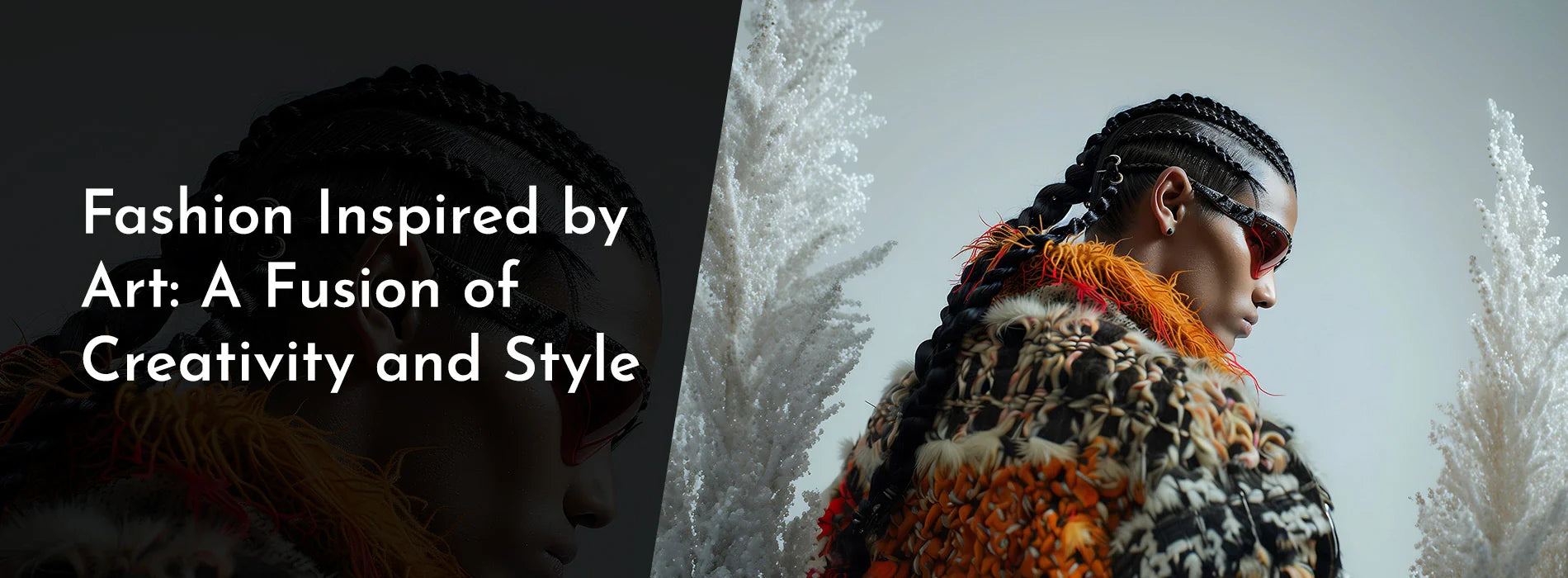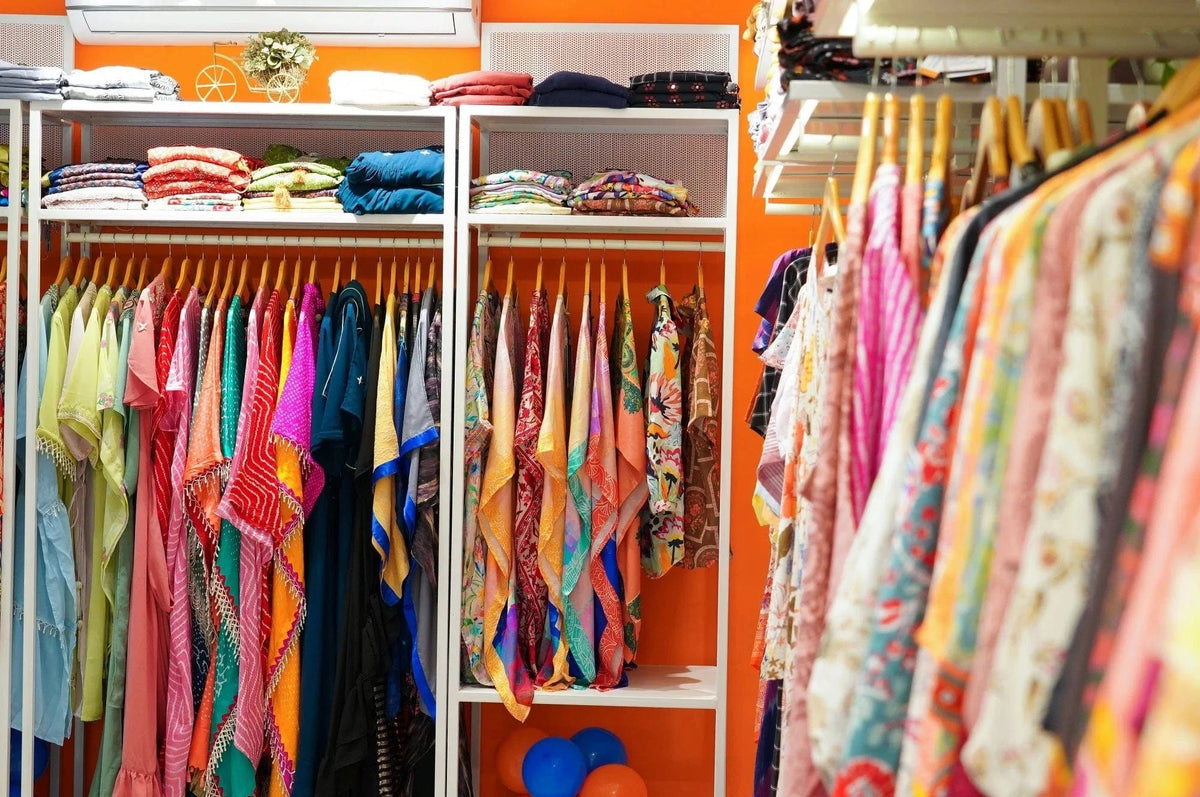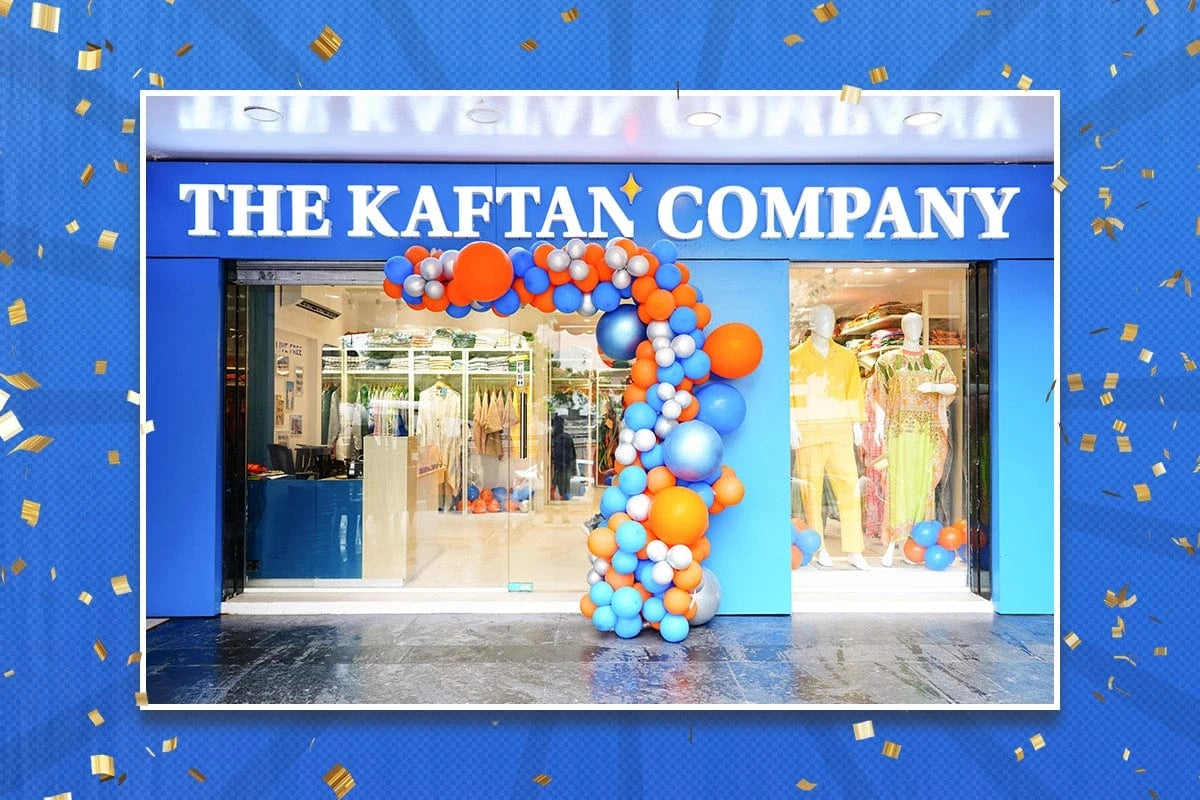Fashion and art have long had a close and symbiotic relationship whereby each shapes and redefines the other. Fashion inspired by art celebrates history, creativity, and culture rather than only looks. From Renaissance paintings impacting complex embroidery to street art inspiring strong, graphic prints, artistic expression still shapes the fashion scene. Designers all around turn to paintings, sculptures, and digital art to produce clothing that tells compelling stories and transcends trends. Not only is high-end couture embracing this mix of art and fashion, but daily wear also embraces artistic clothes so that everyone may access it. Fashion and art continue to be a limitless source of inspiration whether through hand-painted textiles, sculptural forms, or complex stitching.
How Art Shapes Fashion Trends
From Renaissance paintings inspired detailed embroidery to modern street art generating strong, graphic prints, art has shaped fashion in many different ways. To produce works with cultural relevance, designers sometimes combine historical and modern art. Key ways art shapes fashion are:
- Patterns and Prints – Fabric prints have made extensive use of geometric motifs, impressionist brushstrokes, and abstract art.
- Color Theory – Inspired by artists like Van Gogh and Picasso, vivid, contrasting colours have defined many fashion eras.
- Sculptural Elements- Designers sometimes play about with avant-garde forms evocative of sculptural classics.
- Hand-Painted Textiles- Many high-fashion companies include hand-painted accents on clothing, so distinguishing every piece.
The Rise of Art-Inspired Fashion Movements

Designers have been turning artistic movements into wearable forms over history. For Elsa Schiaparelli, for example, the surrealist movement's dreamlike character greatly inspired couture creations. Likewise, collections by companies like Moschino and Prada include mirror images of the strong colours and graphic aspects of pop art.
Today, art inspired fashion continues to evolve, incorporating digital prints, AI-generated designs, and mixed-media elements into contemporary collections. This blending of several artistic fields lets textiles, shapes, and general presentation be innovative.
The Beauty of Artistic Fashion in Modern Clothing
A key aspect of artistic fashion is its ability to tell a story. Art inspired clothing is sometimes vibrant, distinctive, and quite intimate. From hand-painted gowns to embroidery inspired by classical art, these designs take fashion above simple trends.
Notable examples of artistic influences in fashion include:
- The use of cubist patterns in modern clothing.
- Abstract expressionism influencing oversized, fluid silhouettes.
- Graffiti-style prints becoming a staple in streetwear culture.
- Baroque and Renaissance-inspired detailing in luxury fashion.
This creative influence guarantees that clothes is not just something to wear but also a statement of identity and inventiveness.
Artistic Clothing Styles: From Avant-Garde to Everyday Wear
Beyond runways and high fashion, the mix of art and fashion stretches. More and more people are adopting artistic clothing styles so that regular shoppers may welcome originality in their wardrobes.
Some popular artistic styles include:
- Bohemian Artwear – Free-flowing dresses, embroidered details, and earthy tones inspired by folk art.
- Minimalist Art Fashion – Simple, structural designs with color-blocked patterns inspired by modernist art define minimalist art fashion.
- Handcrafted Fashion – Tie-dye, batik, and weaving-based garments using artisan techniques.
- Statement Pieces – Abstract or hand-painted artwork on clothing transforms a wardrobe into a painting.
The Timeless Elegance of Kaftans in Artistic Fashion
The kaftan serves as a prime demonstration of fashion perfectly fusing with art. The flowing garment serves as an ideal art-inspired piece of clothing by featuring elaborate decoration like prints and embroidery alongside hand-painted designs.
Artists and designers all over have embraced Kaftans for its elegance and adaptability. Whether via complex patterns inspired by Persian art, strong African prints, or delicate floral designs influenced by Japanese painting, they provide a canvas for artistic expression.
Modern designers are exploring kaftans, adding opulent materials, intricate beading, and digital designs combining modern artistry with history. Wearing the kaftan as a formal evening dress, a beach cover-up, or a statement item, it is still a mainstay of artistic fashion.
Conclusion
The relationship between fashion and art is evidence of the unbounded opportunities for human creativity. Fashion motivated by art turns clothes into a vehicle for history, culture, and self-expression. Whether through avant-garde runway designs or artistic daily wear like kaftans, the impact of art on fashion guarantees that style is always about storytelling, legacy, and invention—not just about trends. As designers continue to explore this intersection, the future of artistic fashion looks more vibrant than ever.





